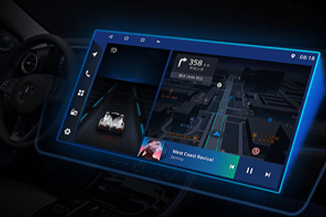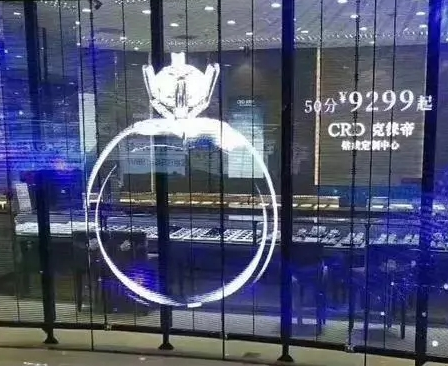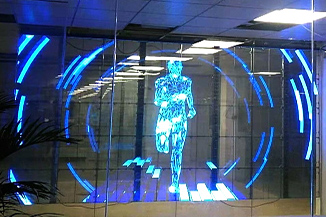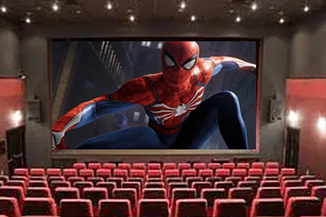Publisher: Supplier of LED Display Time: 2022-02-24 13:53 Views: 1566
The large-screen splicing system can be used for information release and display, high-definition, high-brightness, and vivid colors, bringing viewers a different visual experience. So what is the principle of the large-screen splicing system that can do this, and what parts does it consist of?
The first is the display screen, and the LCD splicing screen is the core part of the entire system. In the process of selecting the display screen, we must refer to the specific installation location, area, monitoring signal, etc. to determine the size of the required display screen, such as 45 inches, 46 inches, 49 inches, 55 inches, 65 inches, 75 inches, etc. . Now splicing screens generally have seams, such as 0.88mm, 1.7mm, 1.8mm, 3.5mm, etc. The smaller the seam, the better the display effect and the higher the price. Select the appropriate size and seam, display can achieve good results. Therefore, when choosing a display screen, factors such as the installation situation, size, and seam of the screen body should be comprehensively considered.
The second thing to consider is the signal source. The large-screen LCD splicing screen has two main sources, one is the monitoring video signal, and the other is the computer signal. If it is used for indoor monitoring, the front-end monitoring equipment is connected to the back-end screen through optical fiber, and the screen display of the video signal is controlled by the decoder to achieve the effect of splitting and splicing. The second type is computer signal input, usually used for exhibition hall or conference presentations. The number of input computers can be one or more, and the number of outputs is the number of large screens. For example, a conference room with 9 large screens can be combined. When the computer is connected to the big screen at the same time, the signal display can be switched through the matrix, or the data of two computers can be displayed at the same time.
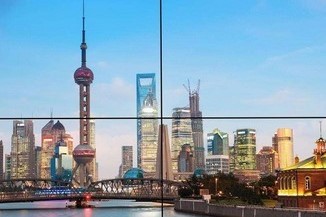
Also consider the control system, different control systems determine different display effects and functions. Now the main control devices are distributors, matrices, decoders, external splicing processors, etc. We can determine which device to use based on your own display needs. For example, 9 large-screen LCD splicing screens, if only used to display large screens, and only one computer output, with a distributor, are often used in conferences and exhibitions. If there are multiple computer signal inputs and switching displays, a matching matrix, usually an HDMI interface matrix, is required. If it's for a surveillance display, you'll have to use a decoder, and if you want to achieve picture-in-picture windowing, roaming, etc., you'll need an external stitching processor.
There are many factors that affect the display effect of the large-screen splicing system. Choosing a splicing system that suits you can effectively display it.
